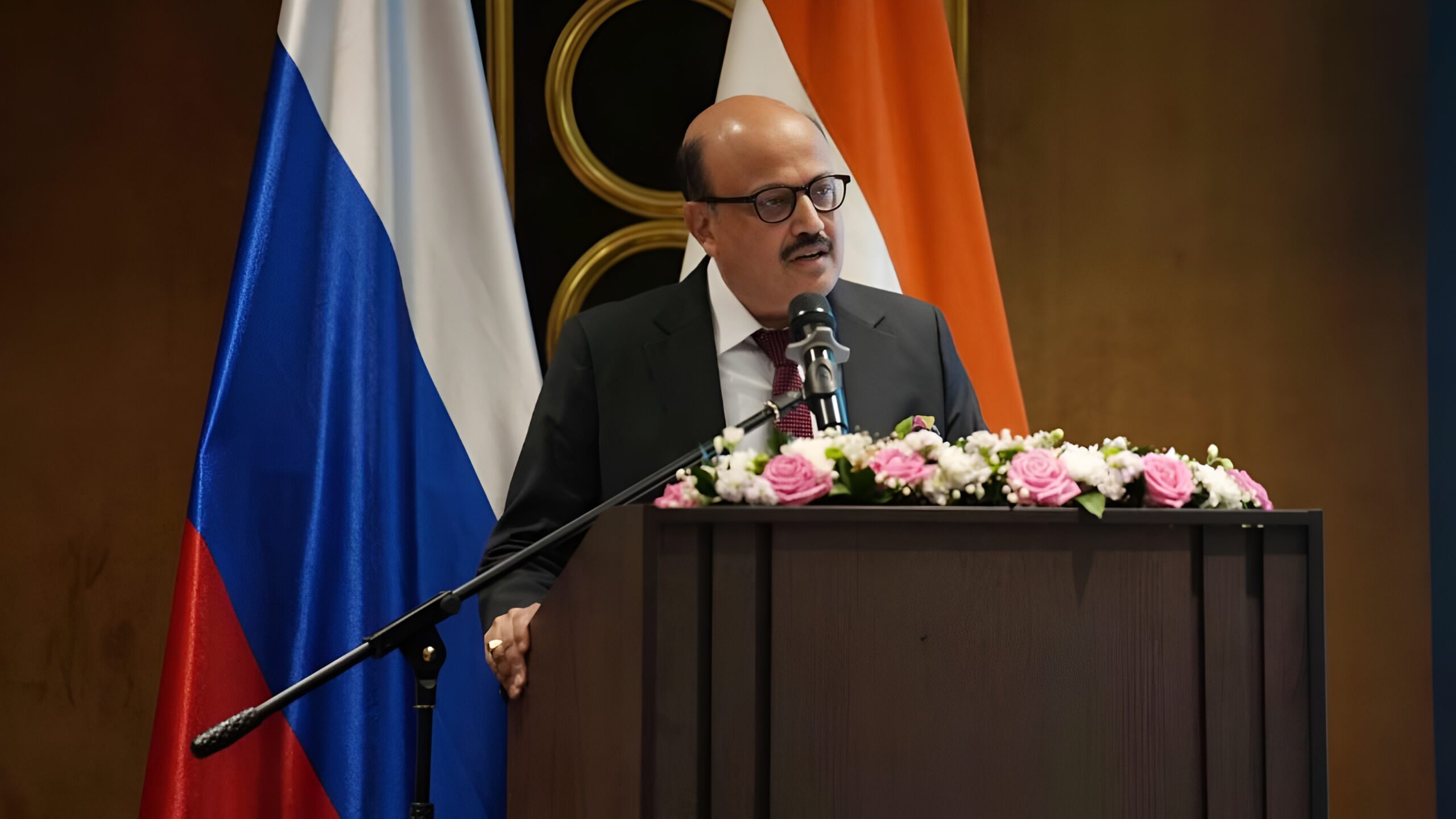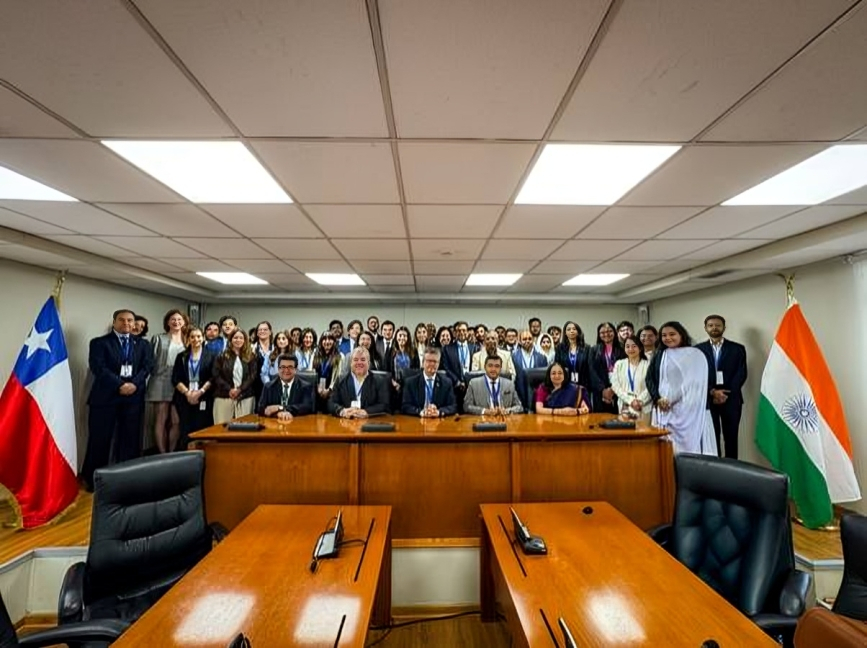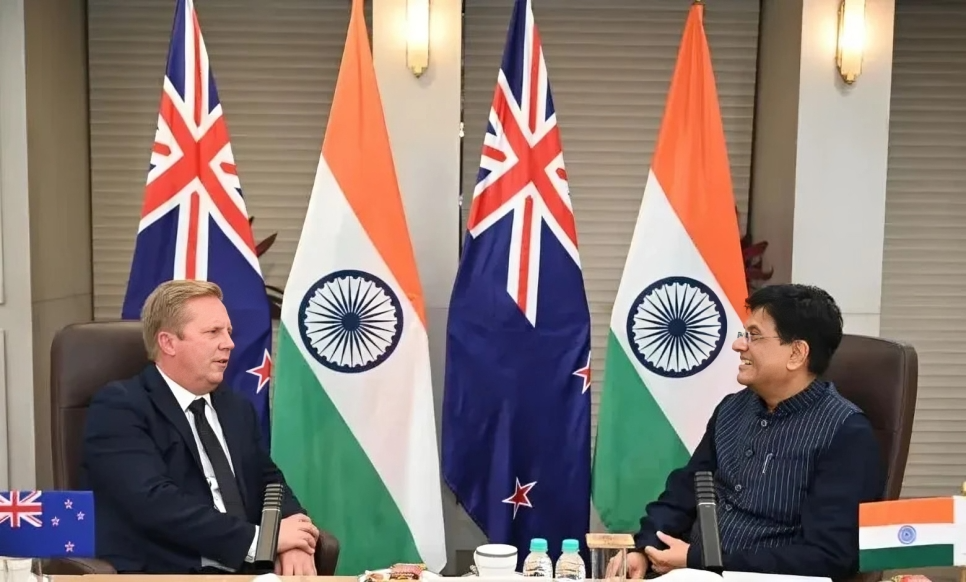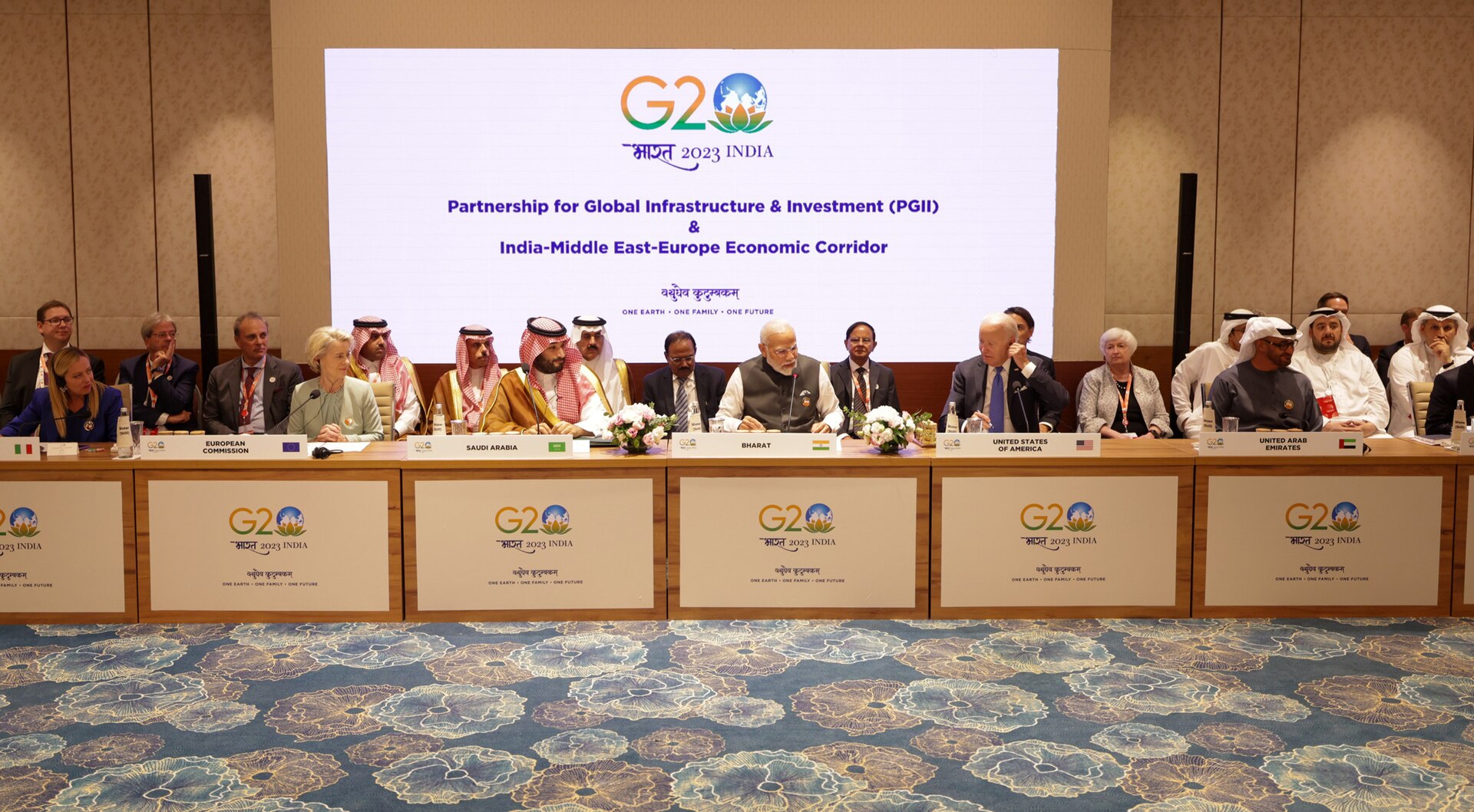The Biggest Blind Spot Indian SMEs Face While Entering Global Markets

Indian SMEs not just within domestic borders but on the global stage. With India’s exports showing a steady rise, particularly in sectors like textiles, engineering goods, pharmaceuticals and IT services, the global marketplace offers immense opportunities. Yet, despite the potential, a large proportion of Indian SMEs struggle to translate ambition into success abroad. The challenge is not a lack of quality products or innovation but a complex combination of operational blind spots that often remain unaddressed until it is too late.
The Hidden Barrier
One of the most overlooked aspects of global trade for SMEs is the labyrinth of documentation and compliance requirements. Every country has its own regulatory framework governing imports from customs documentation, shipping regulations, tax compliance, to product-specific mandates such as labelling standards or environmental certifications. While large corporations have dedicated compliance teams to navigate this maze, SMEs often rely on ad hoc arrangements or sporadic consultations.
A missed signature on a shipping bill, incorrect invoice details or failure to obtain a required export license can result in goods being delayed at ports, penalties, or even shipment rejections. In 2024, for example, the Indian Pharmaceutical SME sector faced repeated shipment rejections in European markets due to minor labelling discrepancies a problem that could have been mitigated with thorough documentation checks and pre-shipment audits. SMEs that fail to embed compliance into their operational DNA risk not only financial loss but reputational damage that can take years to recover.
Balancing Cost and Value
Another critical blind spot is pricing strategy. Indian SMEs often compete on cost rather than value, assuming that lower production costs automatically translate into global competitiveness. While India does benefit from a labour and material cost advantage, pricing for international markets requires careful consideration of exchange rates, logistics, duties and competitor benchmarks.
Many SMEs underestimate the hidden costs associated with exports, including freight forwarding, warehousing, insurance, and distributor margins. Without a nuanced pricing strategy, products may either become unprofitable or appear undervalued in premium markets, affecting brand perception. For instance, an Indian handicraft exporter targeting European boutique stores must factor in sustainable packaging costs, carbon footprint labelling and localized distribution charges factors that can easily increase product costs by 20-30% if unaccounted for. The failure to incorporate such factors often leads to an erosion of margins or discouragingly low market penetration.
More Than Just Paperwork
In global markets, the perception of quality is as important as the product itself. Buyers increasingly demand internationally recognized certifications ISO, CE, FDA, Halal or organic labelling, depending on the sector. Indian SMEs frequently assume that high-quality products will sell themselves, overlooking the fact that certifications act as trust signals in overseas markets.
Take the example of Indian food and beverage SMEs attempting entry into the Middle East or EU markets. Products without proper FSSAI certification, HACCP compliance, or EU traceability certifications often face outright rejection. Similarly, engineering goods or electrical components without CE markings may never clear customs in Europe, regardless of technical merit. Obtaining these certifications is not merely bureaucratic overhead; it is a precondition for credibility and long-term market acceptance. SMEs that ignore this aspect frequently encounter frustrating delays, missed opportunities, and additional costs in rework or recertification.
The Soft Skill That Matters
Even the most compliant, cost-competitive, and certified SME can falter without strategic global partnerships. Establishing relationships with distributors, agents, and local market advisors is critical for understanding consumer behavior, negotiating trade terms and ensuring supply chain efficiency. Yet, many SMEs approach international trade transactionally, focusing on immediate orders rather than cultivating relationships that can drive sustained growth.
The lack of a local presence or partnership often results in SMEs missing insights into market trends, competitor strategies or regulatory changes. In contrast, companies that invest time in building relationships through trade fairs, B2B networking platforms and local liaison offices can secure preferential shelf space, early-bird participation in tenders, and trusted feedback loops. The soft skills of negotiation, cultural adaptability and networking are therefore not peripheral but central to export success.
The Interplay of Blind Spots
While each blind spot documentation, pricing, certifications, partnerships can independently hinder international expansion, the real challenge lies in their interconnectedness. A pricing miscalculation may become more costly if coupled with customs delays from incomplete documentation. Similarly, high-quality products lacking certifications may be difficult to sell even with excellent distribution partners. SMEs that approach exports in a siloed manner often fail to see these interdependencies, resulting in operational inefficiencies, lost market opportunities and eroded margins.
Strategies Overcome Blind Spots
Addressing these blind spots requires a combination of strategic planning, investment and capability building. First, SMEs should prioritize compliance training and establish internal protocols for documentation and regulatory adherence. Leveraging trade facilitation tools offered by government agencies, such as the Directorate General of Foreign Trade (DGFT) in India or online customs portals, can significantly reduce errors and delays.
Second, pricing strategy must account for the total cost of market entry, including logistics, taxes, and compliance overheads. Conducting competitor benchmarking and market research will allow SMEs to position their offerings appropriately, balancing affordability with perceived value.
Third, certification planning should begin well before market entry. Identifying sector-specific mandatory certifications, engaging accredited auditors and maintaining a schedule for renewals ensures that products can move seamlessly across borders.
Finally, SMEs must treat global partnerships as strategic assets. Active participation in international trade fairs, online B2B marketplaces and bilateral trade initiatives can help identify trustworthy distributors and agents. Cultural intelligence and proactive communication will strengthen these partnerships, turning initial contacts into long-term growth drivers.
The promise of global markets is enormous for Indian SMEs, but ambition alone is insufficient. The most significant blind spot lies in underestimating the operational, regulatory and relational complexities of international trade. By addressing documentation and compliance, refining pricing strategies, securing the right quality certifications and investing in meaningful partnerships, SMEs can transform potential pitfalls into competitive advantages.











